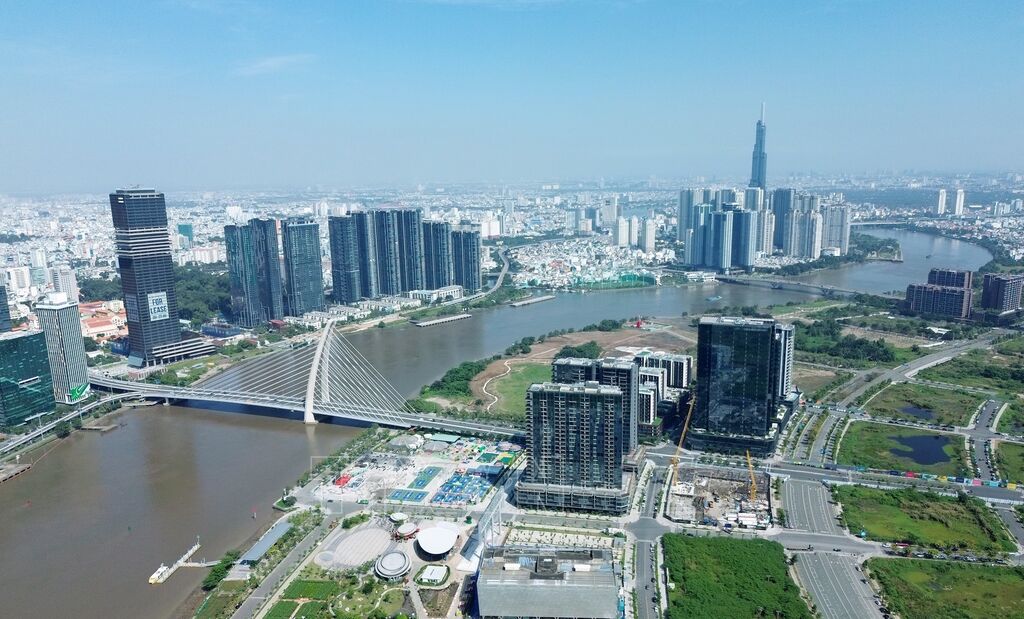
According to the post-merger model orientation, the central area of Ho Chi Minh City prioritizes services and high technology, the Binh Duong area (old) becomes the industrial - high technology capital and the Ba Ria - Vung Tau area (old) develops into a marine economic center. With such clear roles, new generation industry must be the pillar leading Ho Chi Minh City into a new era of development.
Lots of potential but many bottlenecks
Before the merger, Ho Chi Minh City had a tradition of developing industrial parks very early, with many areas concentrated in Thu Duc, Binh Tan, Tan Phu and Binh Chanh districts. The industrial park system of the old Ho Chi Minh City was mainly oriented towards modernization towards clean industry, light industry and high technology.
Meanwhile, Binh Duong is considered a locomotive in developing the processing - manufacturing and logistics industry, with prominent industrial parks such as VSIP, Song Than, and My Phuoc.
Ba Ria - Vung Tau in particular has outstanding advantages in seaports and energy infrastructure, and is a major destination for heavy industry, petrochemicals and large-scale cargo logistics.
According to the assessment of a group of economic experts (Assoc. Prof. Dr. Tran Ha Minh Quan and Assoc. Prof. Dr. Vo Thi Ngoc Thuy, UEH.ISB Talent School), Ho Chi Minh City University of Economics, before the merger, the industrial structure in each locality was local and isolated. Specifically, Ho Chi Minh City mainly developed light industry, high technology and logistics services; Binh Duong led the country in processing - manufacturing and supporting industry; while Ba Ria - Vung Tau stood out with heavy industry, petrochemicals and exploiting seaport advantages. Although this fragmentation created separate specialization advantages, it did not achieve a total regional effect due to a lack of strategic linkage and coordination.
After the merger, Ho Chi Minh City became the largest integrated industrial economic zone in the country with a total of 61 industrial parks, export processing zones and industrial clusters, distributed in three main areas: the old Ho Chi Minh City, the old Binh Duong and the old Ba Ria - Vung Tau. This structure creates a diverse industrial space network in terms of scale, function and strategic location.
Ho Chi Minh City's processing and manufacturing industry output after the merger accounts for more than 30% of the whole country, the output of goods through the seaport system reaches over 250 million tons/year, with an average growth of 8%/year in the period 2020 - 2024. The total accumulated FDI capital in this area exceeds 90 billion USD, accounting for about 50% of the total FDI capital in the country.
The merger of Ho Chi Minh City with two key industrial localities, Binh Duong and Ba Ria - Vung Tau, marks a strategic turning point in restructuring the development space of the Southeast region.
According to Mr. Bui Ta Hoang Vu, Director of the Department of Industry and Trade of Ho Chi Minh City, although industry is not only one of the major pillars of the city's economy but also a driving force to promote the development of other industries. However, there are still many major bottlenecks that are holding back the breakthrough of Ho Chi Minh City's industry, typically logistics costs still account for 16-20% of product costs, higher than the regional average. Clean industrial land in Ho Chi Minh City is still limited, affecting the ability to attract large-scale, high-tech investment. Automation in production in Ho Chi Minh City is still low, with labor productivity of many enterprises only reaching 60% compared to the average of developed industrial cities.
Some manufacturing enterprises in Ho Chi Minh City are still backward and not ready to adapt to the trend of digital transformation, green and sustainable industry. In particular, in the context of the US imposing tariffs on many export products from Vietnam, Ho Chi Minh City needs to promote innovation, enhance competitiveness and improve product quality to adapt flexibly.
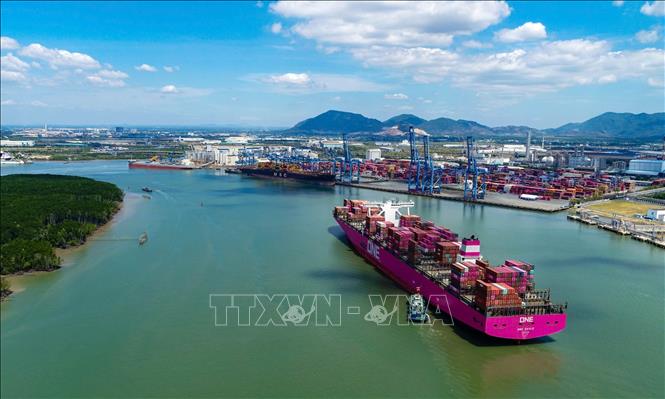
"Clear roles and responsibilities" for new generation industry to become the leading pillar
According to expert Do Thien Anh Tuan, Fulbright School of Public Policy and Management, if the new Ho Chi Minh City wants to become a key industrial driving force in the South, there needs to be a clear division of functions between the three areas. The old Ho Chi Minh City area is the center of industrial research and development, innovation and technology commercialization, where research institutes, technology startups, industrial laboratories and big data centers are located. The old Binh Duong area is a smart production belt, focusing on developing new-generation industrial parks, supporting industries, semiconductor manufacturing, precision mechanics and automation. The old Ba Ria - Vung Tau area plays the role of a center for logistics, heavy industry and clean energy, with a deep-water seaport cluster, gas-fired power plants, basic chemicals and international logistics services.
“To develop industry in the new Ho Chi Minh City, it is necessary to first develop existing industries with strengths, especially key industries and those with conditions to produce technology-intensive products with high added value,” said Dr. Nguyen Thanh Trong, Eastern International University.
In order to solve the bottlenecks hindering industrial development and orienting industrial development in Ho Chi Minh City to 2030, with a vision to 2050; Dr. Nguyen Thanh Trong, Eastern International University proposed shaping the industrial development space to promote the potential and advantages of the new Ho Chi Minh City. The space and land fund for industrial development in the new Ho Chi Minh City have been significantly expanded, creating new space for industrial development. The development of new generation industrial parks, according to green, smart, ecological criteria, and associated with urban development, needs to be given special attention in shaping the industrial and urban development space of the new Ho Chi Minh City.
Next, Ho Chi Minh City focuses on investing in developing connecting traffic infrastructure to create momentum for key industrial development in the South. The infrastructure system and services supporting industrial development in Ho Chi Minh City have just been basically formed, with favorable conditions for investment in smooth connections to promote the development of new generation industries. Routes such as National Highway 13 connecting Binh Duong with Ho Chi Minh City, My Phuoc - Tan Van connecting Binh Duong - Ho Chi Minh City - Dong Nai, Ho Chi Minh City - Long Thanh - Dau Giay expressway, connecting the eastern production area of Ho Chi Minh City to Cai Mep port.
Key transport projects are being invested in such as Ring Road 3, Ring Road 4, Ho Chi Minh City - Thu Dau Mot - Chon Thanh Expressway, Bien Hoa - Vung Tau Expressway, Ho Chi Minh City - Moc Bai Expressway, forming an important connecting axis from production areas to seaports and border gates more conveniently, thereby attracting more and more new generation industrial projects to the new Ho Chi Minh City - Dr. Nguyen Thanh Trong, Eastern International University shared.
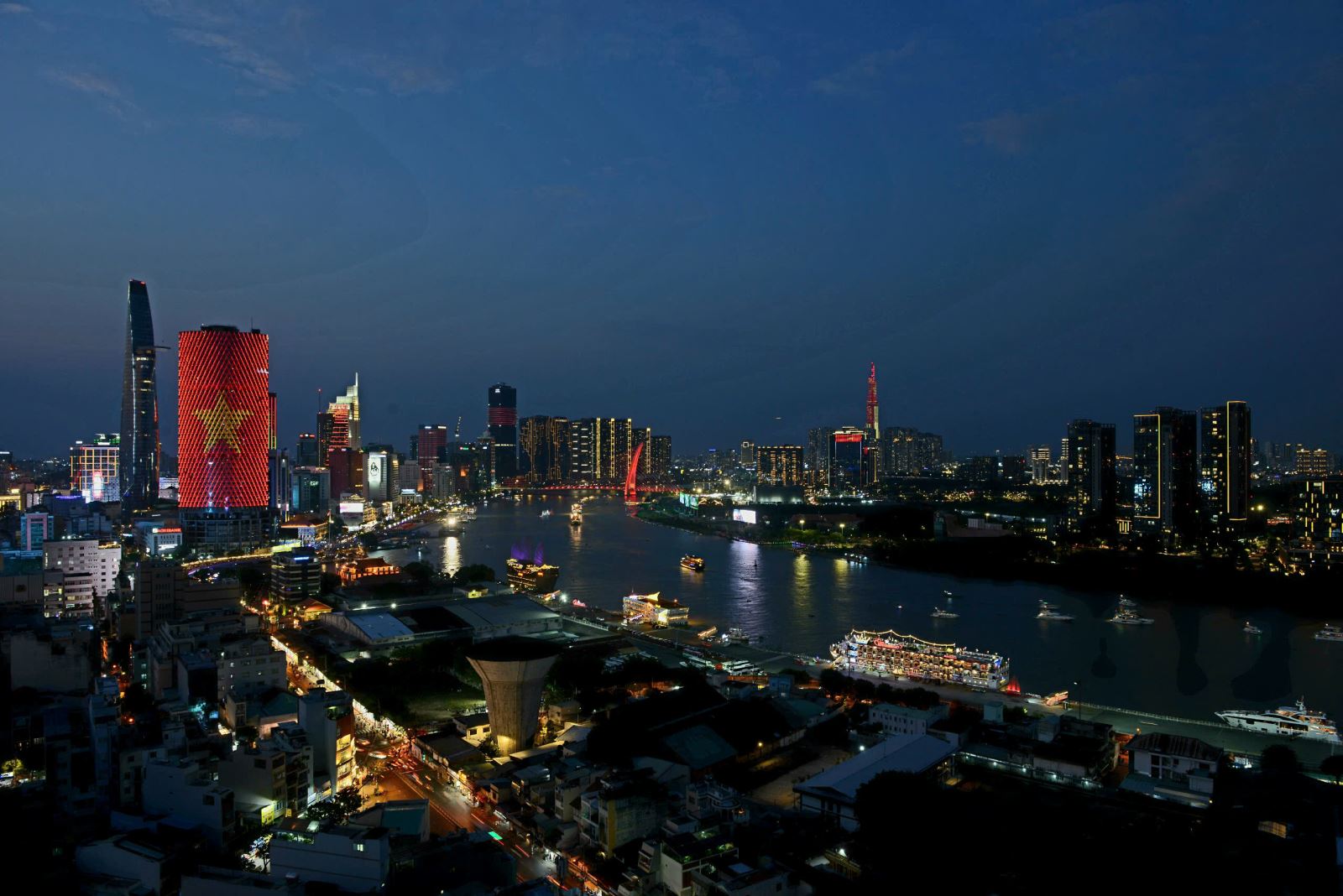
Vice Chairman of the Ho Chi Minh City People's Committee Nguyen Loc Ha said that modern industry, innovation, and new-generation industry must be the pillars leading Ho Chi Minh City into a new era of development. To soon resolve limitations and challenges and turn potential into reality, Ho Chi Minh City needs to continue to promote the role of connecting the "three houses" - the state, schools and businesses to create breakthrough momentum.
“In the new context, Ho Chi Minh City proposes to orient the transformation of the new generation industrial development model towards applying high technology, smart production, developing green industry and circular economy, upgrading value chains and building an innovation ecosystem associated with regional connectivity” - Vice Chairman of Ho Chi Minh City People's Committee Nguyen Loc Ha emphasized.
Source: https://ttbc-hcm.gov.vn/tru-cot-dan-dat-tp-ho-chi-minh-buoc-vao-ky-nguyen-phat-trien-moi-1019421.html



![[Photo] General Secretary To Lam attends the 80th anniversary of Vietnam's diplomacy](https://vphoto.vietnam.vn/thumb/1200x675/vietnam/resource/IMAGE/2025/8/25/3dc715efdbf74937b6fe8072bac5cb30)

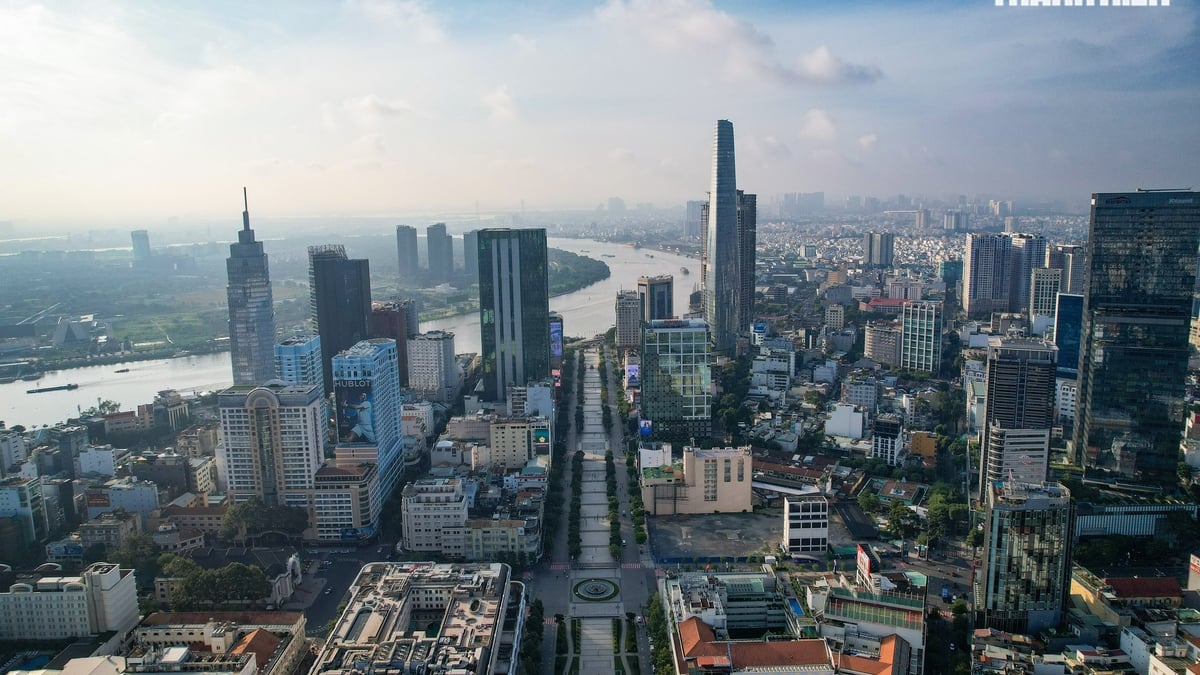
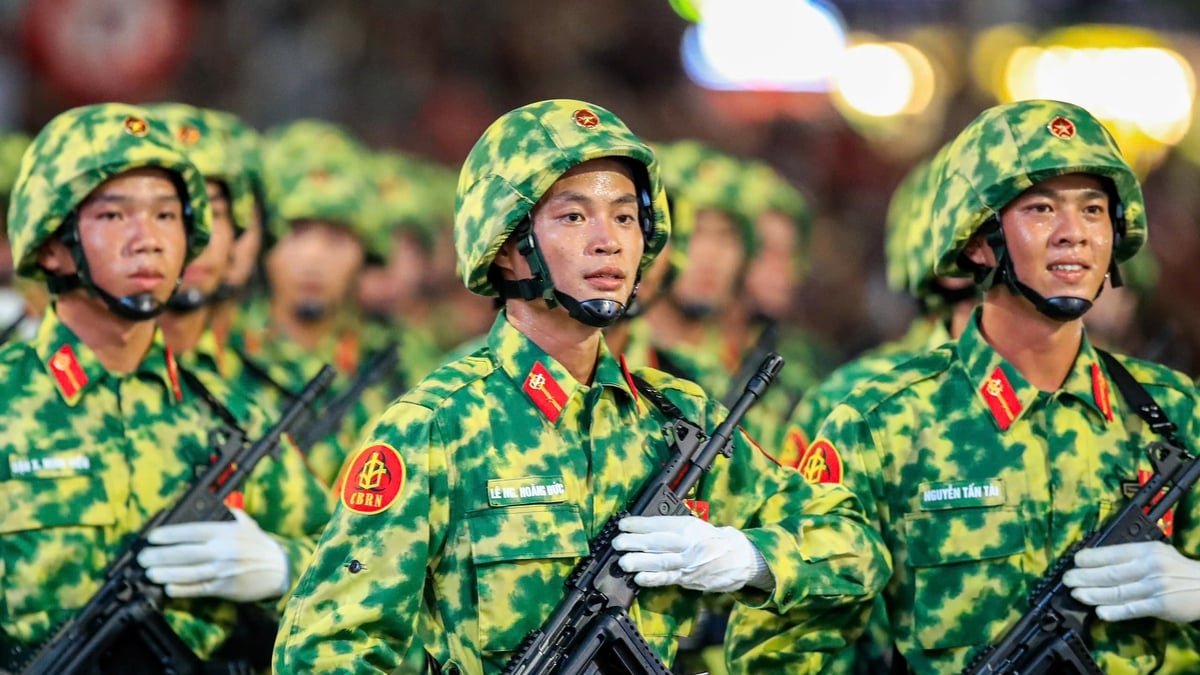


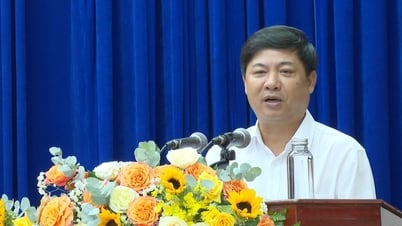

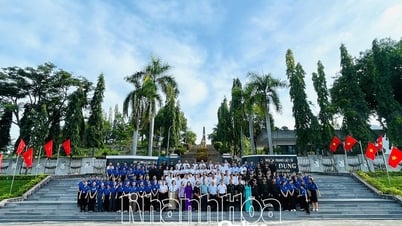






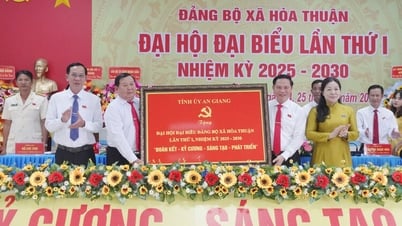





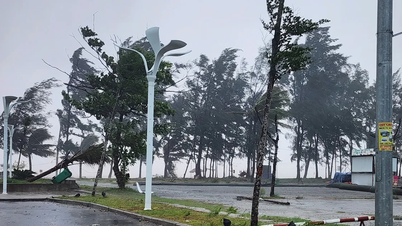


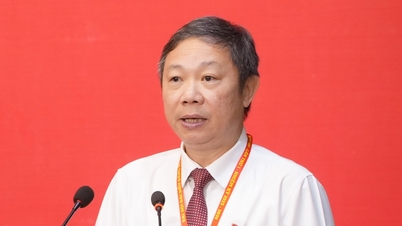
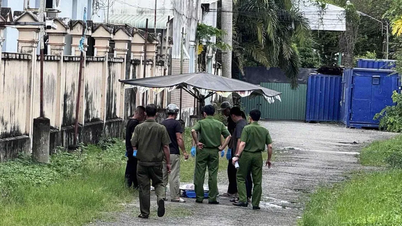




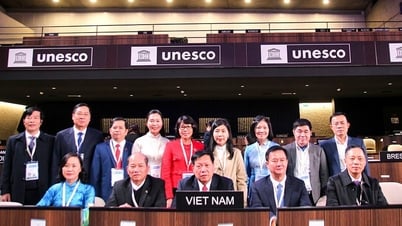

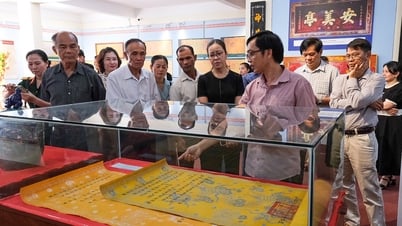

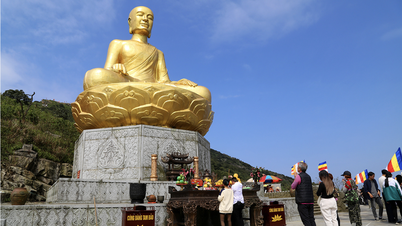

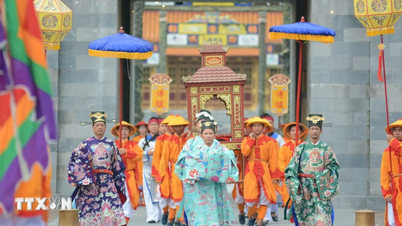






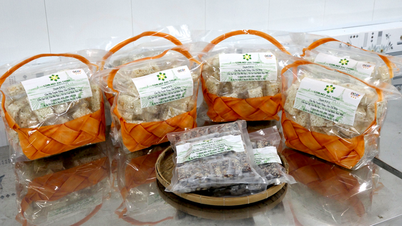


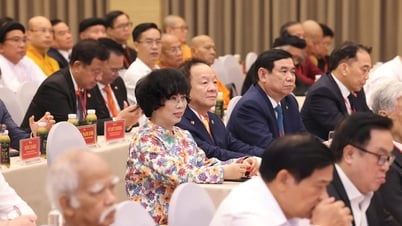



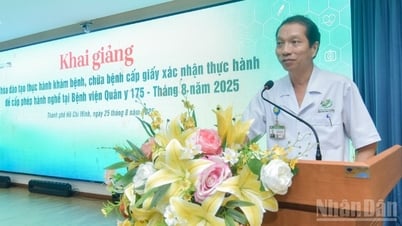

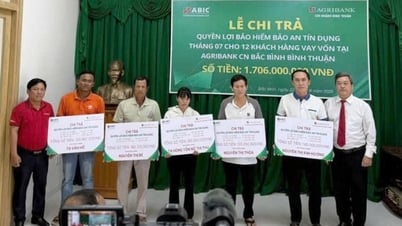

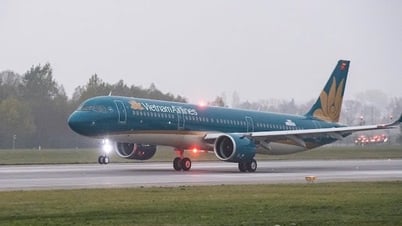
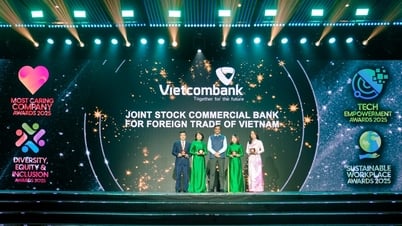
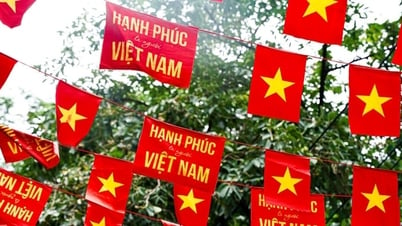

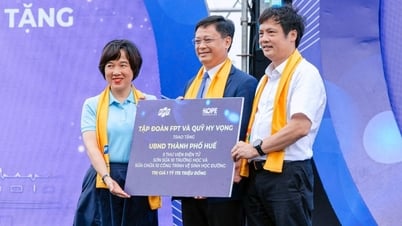


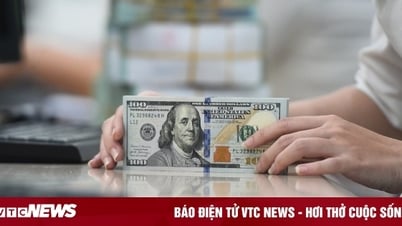
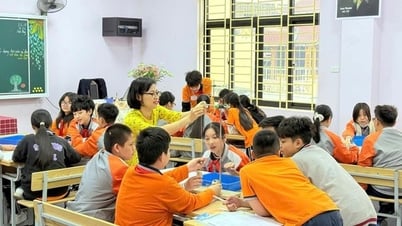
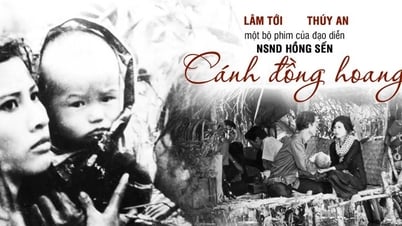




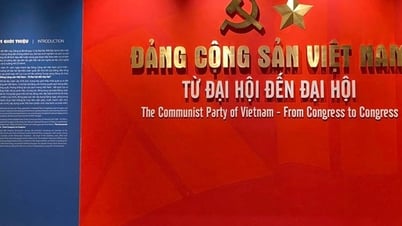
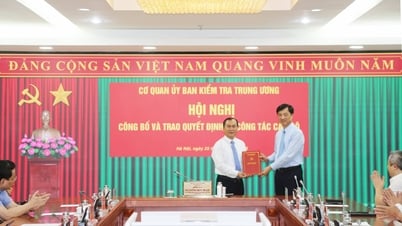

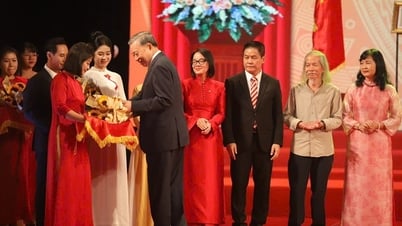
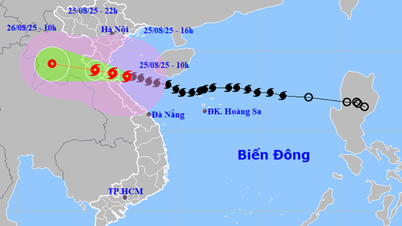
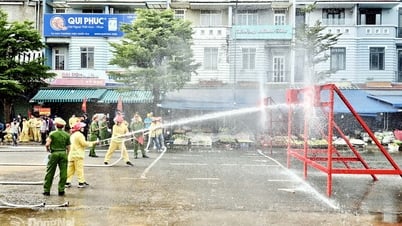

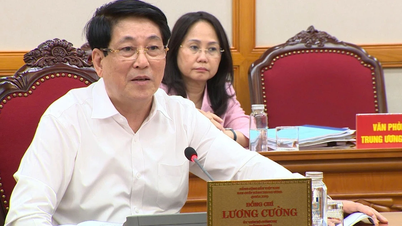

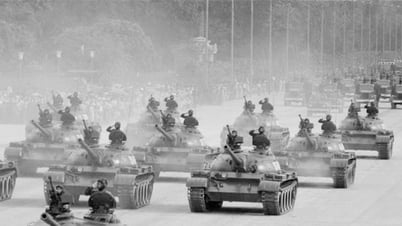

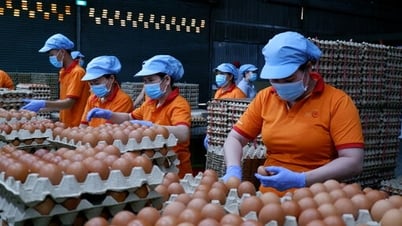

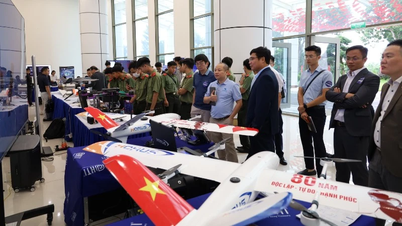

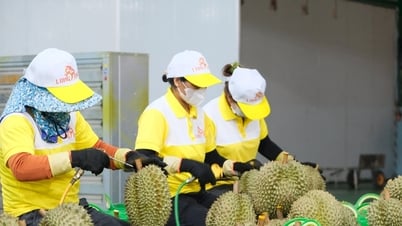

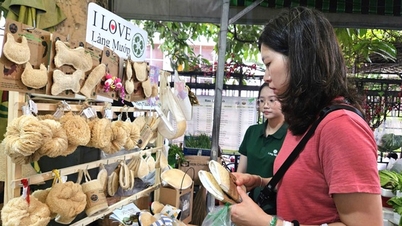

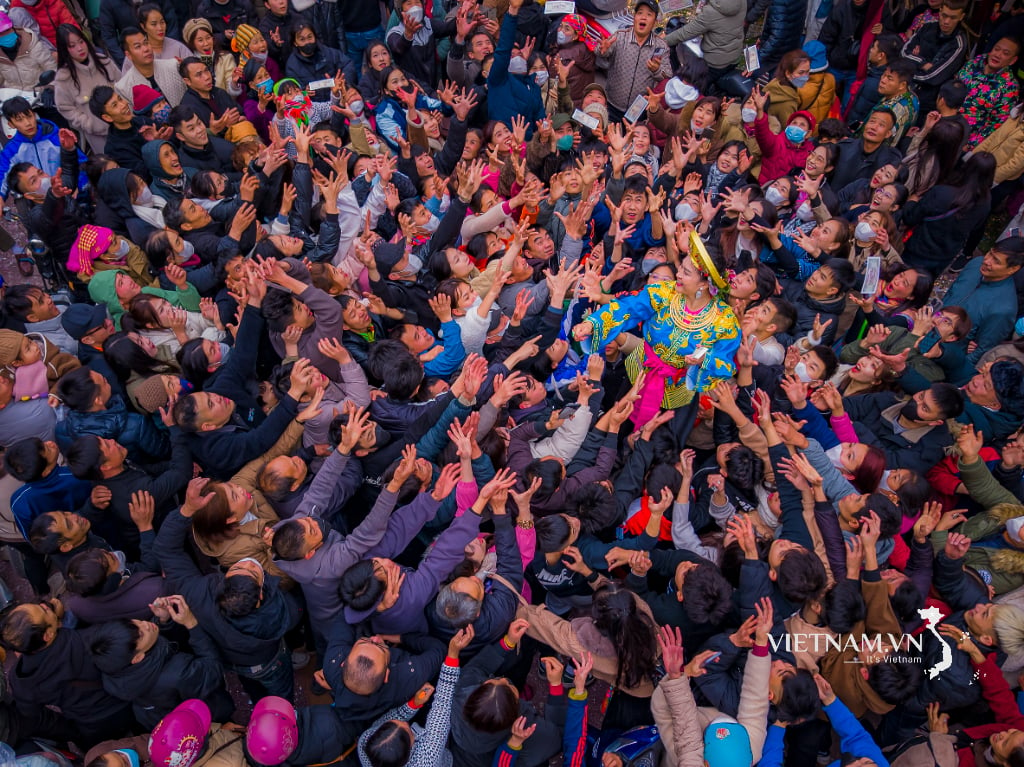
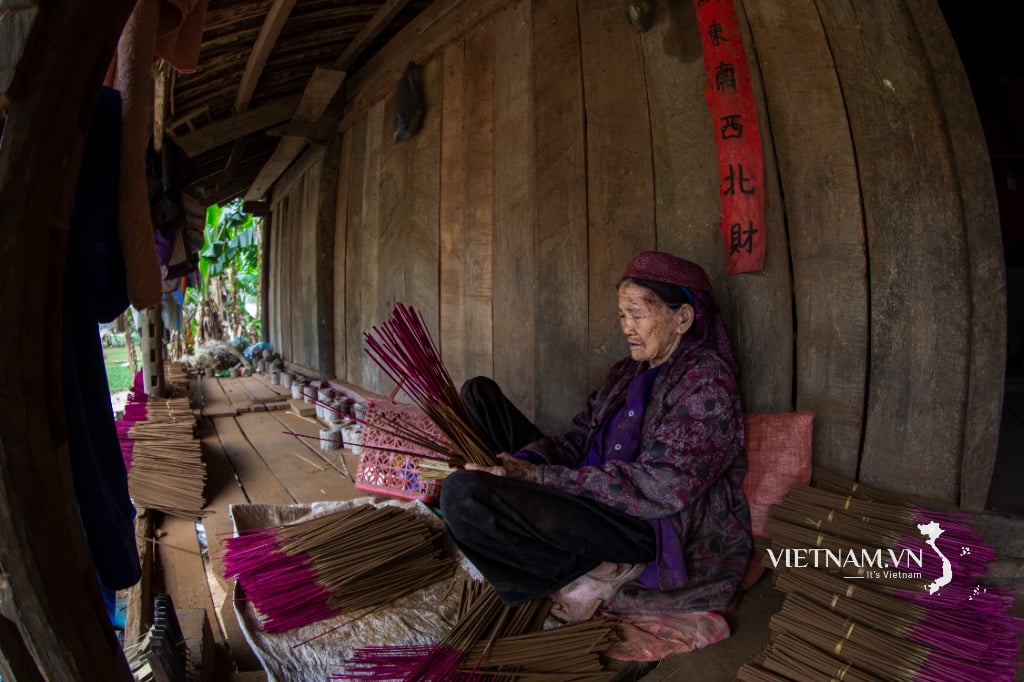


Comment (0)